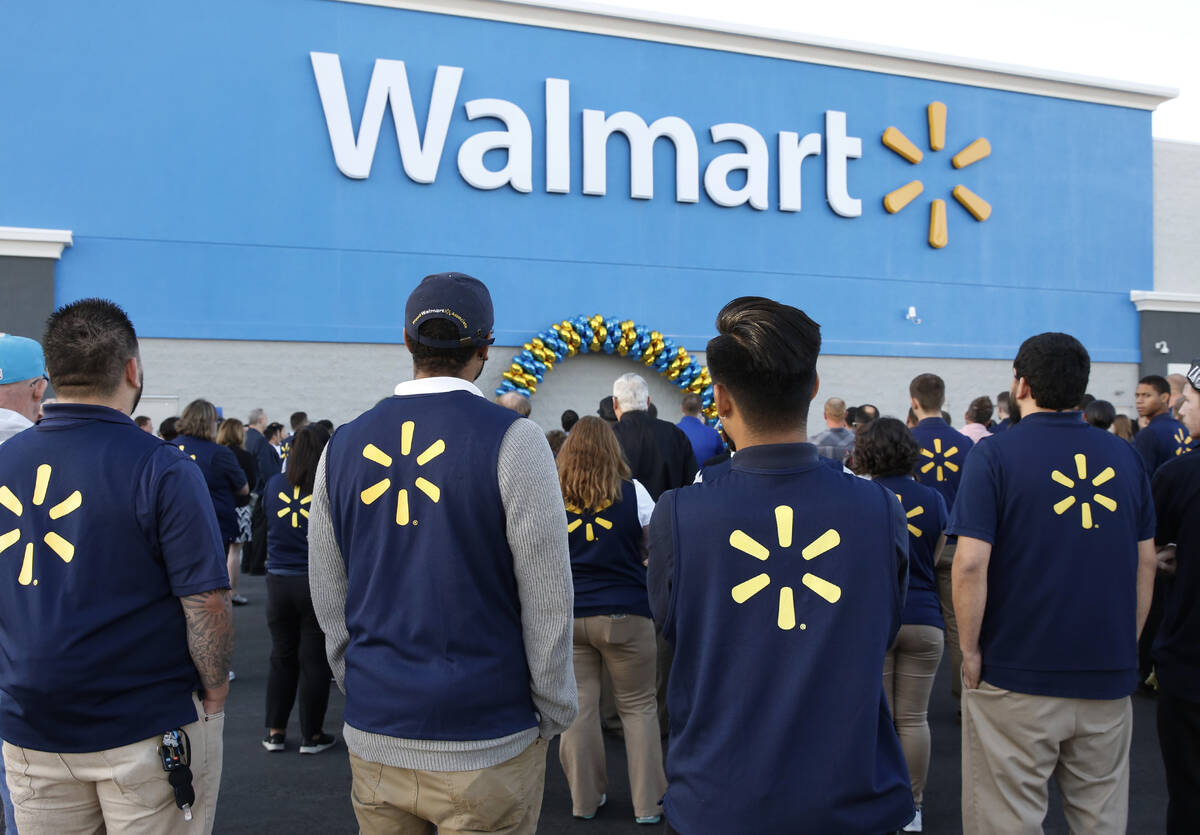DEI is a bad idea whose time came with a vengeance several years ago, but now its continued ascendancy is in doubt.
Perhaps the most important event this year outside of the presidential election is the intellectual collapse of so-called diversity, equity and inclusion, which is poisonous hokum that is finally being exposed as such. DEI has been one of the most morally perverse and damaging fads in recent American history.
We’ve been spending an estimated $8 billion a year telling Americans in training sessions, workshops and educational material that they are, depending on their race or gender, victims or oppressors and that the country is shot through with white supremacy. The DEI mindset is dominant in human resources departments and on college campuses. Common sense says that this racialist hectoring — often administered by people who brook no dissent — must be unhealthy, and, sure enough, evidence is beginning to pile up.
Research has suggested that DEI can create negative feelings or make people afraid to speak their minds. Now comes a compelling new study from an outfit called the Network Contagion Research Institute and Rutgers University Social Perception Lab. It found that DEI amplified “perceptions of prejudicial hostility where none was present, and punitive responses to the imaginary prejudice.”
In other words, if its goal is to create illiberal racial paranoiacs, DEI is succeeding brilliantly.
In one experiment, the study’s architects gave one group of students an anodyne essay about U.S. corn production to read while another got an essay drawn from the work of DEI superstars Ibram X. Kendi and Robin DiAngelo. Then, the students were asked to evaluate a simple, racially neutral scenario involving a college applicant getting rejected by an East Coast university. The students who had read the DEI material were more likely to believe that the hypothetical admissions officer in the scenario was more discriminatory, more unfair, and more harmful, as well as guilty of more microaggressions — again, even though nothing in the scenario suggested as much.
The Kendi-DiAngelo students were also more likely to want to require DEI training for the admissions officer, to suspend the officer for a semester and to demand a public apology. Why let an absence of facts stand in the way of punitive measures?
Meanwhile, a report in the New York Times Magazine found that the University of Michigan’s decade-long, roughly $250 million experiment in making DEI part of the warp and woof of the school’s life has been a failure.
“In a survey released in late 2022,” the Times notes, “students and faculty members reported a less positive campus climate than at the program’s start and less of a sense of belonging. Students were less likely to interact with people of a different race or religion or with different politics.”
Ordinary campus disputes have become five-alarm DEI crises, administrators complain about all the new DEI-created paperwork, and students and faculty are afraid to say anything that might offend anyone.
It would be one thing if it were only the University of Michigan that had sunk itself in this mire, but this dynamic has been duplicated throughout corporate America and our education system.
There are signs, though, that the wave has crested. Walmart just announced that it will stop using the term “diversity, equity, and inclusion,” and end various DEI-related initiatives. Other companies have been pulling back, as well. The trend will presumably only accelerate with a new Trump administration hostile to DEI.
The end of DEI would be a net addition to our collective life. It would avoid, at best, a waste of time and, at worst, a gratuitous source of conflict and mutual suspicion. It would roll back the undue power given to fatuous martinets. It would stop the spread, under the guise of inclusion, of lies about American society.
The old saw is that socialism hasn’t failed, it just hasn’t been tried. Well, DEI has been tried, and the dismal results are now becoming known.
Rich Lowry is on X at @RichLowry.

